The tercentenary of the accession of George I to the British throne marks 2014 as a celebration of all things Georgian – yes, along with the observance of the First World War centenary, the Dylan Thomas centenary, the Derek Jarman vicennial, among others. The British Library’s ‘Georgians Revealed’ exhibition offered a compendious romp through Georgian fashions, fictions and innovations, while ‘The First Georgians: Art & Monarchy 1714–1760’ will go on show at The Queen’s Gallery in April.
Meanwhile, the V&A’s exhibition ‘William Kent: Designing Georgian Britain’ opened this week, featuring some 200 examples of the designer’s drawings, models, paintings and furniture from key Kentian houses across Britain including Houghton, Holkham and Chiswick, as well as several pieces from the Chatsworth Collection.
While a penchant for Victoriana might be seem an amusing if slightly ill-advised idiosyncrasy, an affinity with Georgian culture is thoroughly in keeping with our ideals of refinement. It brings to mind the geometric regularity and light-filled interiors of Bath or Bloomsbury, tempered by a pleasant frivolity – filched billets-doux or cheating at whist. All in all, a thoroughly palatable vision.
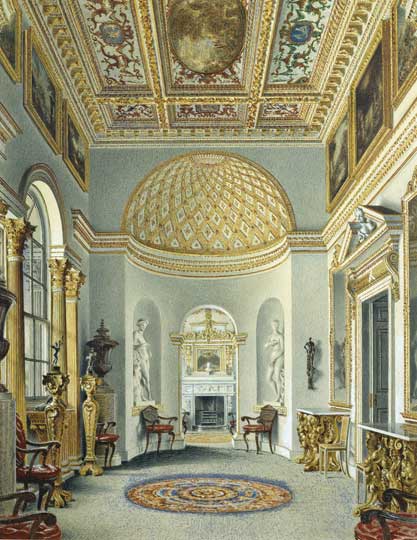
The Gallery, Chiswick House (1828), William Henry Hunt. © Devonshire Collection, Chatsworth, Reproduced by permission of the Chatsworth Settlement Trustees
However, take that architectural symmetry and heighten it to Palladianism, take that smattering of frivolity and maximise it to full-blown Baroque, and you have the designs of William Kent. What started as an aperitif now seems more all-you-can-eat. The question of taste is smothered in a coating of gilt.
The legacy of Kent’s influence as a ‘total-designer’ has been obscured by jealous scribblings after his death, with even the appreciative Horace Walpole describing Kent’s aesthetic as ‘immeasurably ponderous’. Last year’s exhibition ‘Houghton Revisited’, in which old master paintings from The Hermitage’s collection were temporarily re-installed according to Kent’s original design in the state rooms at Houghton Hall, served to pique public interest in this interior-designing, garden-landscaping, stage-set devising polymath. The V&A’s exhibition now argues that Kent was instrumental in producing a visual identity or ‘brand’ for Britain as it emerged as a powerful nation under Hanoverian rule.
Providing guidance in connoisseurship to young men such as Lord Burlington and Holkham’s Thomas Coke during their grand tours was instrumental in establishing Kent’s career back in England. Public and private commissions later allowed Kent’s vision to permeate contemporary power-narratives, made manifest in vertically stacked levels of ornamentation. Every element bristles with symbolic detail – chairs with knees buckled by the heads of goddesses, cornucopias blaring from putti-propped table tops. If this new connoisseurship was to express a type of ‘virtue’, the moral health and dignity of the nation, it was not without its bouts of fever.
The exhibition places particular emphasis on Kent’s close association with Lord Burlington, together establishing Anglo-Palladianism as something of a national style. Patronage is represented merely as a fortuitous basis for collaboration, ignoring the intrigue, sycophancy, opportunism and oppression it might incur. The subject is vigorously addressed in Timothy Mowl’s 2006 biography of Kent, which suggests that Burlington’s aesthetic dogma was limited and oppressive, with Kent finding greater freedom of expression in the Gothic whimsy of Henry Pelham’s Palace of Esher or later projects such as Worcester Lodge at Badminton.
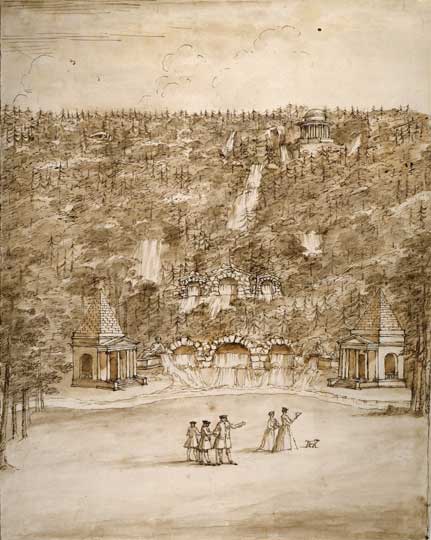
Design for a Cascade at Chatsworth (c. 1735-40). © Devonshire Collection, Chatsworth, Reproduced by permission of the Chatsworth Settlement Trustees
Nor does the exhibition acknowledge how the mantra of this ‘oracle […] consulted by all who affected taste’ filtered beyond the confines of the grand houses and into the on-the-cheap mock-ups which formed the essential aesthetic kit for the speculator-built terraces springing up across Britain.
However embedded in our culture, Georgianism has its detractors. Mowl describes our ‘reverence for all things Georgian’, as simultaneously ‘sugary’ and ‘puritanical’, while Jonathan Meades in his recent polemic for Brutalism, Concrete Poetry, dismisses the period as producing an architectural ethos of ‘no animus’, caught in a perpetual act of ‘saying sorry’. Kent’s legacy of design might be stifling, gaudy or bombastic – but it’s hardly apologetic.
‘William Kent: Designing Georgian Britain’ is at the Victoria and Albert Museum until 13 July.
Related Articles
Highlights from ‘William Kent: Designing Georgian Britain’
Apollo Readers’ Event: Private View at the V&A
First Look: Georgians Revealed at the British Library (Moira Goff)
18th-century Envy (Katy Barrett)
Unlimited access from just $16 every 3 months
Subscribe to get unlimited and exclusive access to the top art stories, interviews and exhibition reviews.

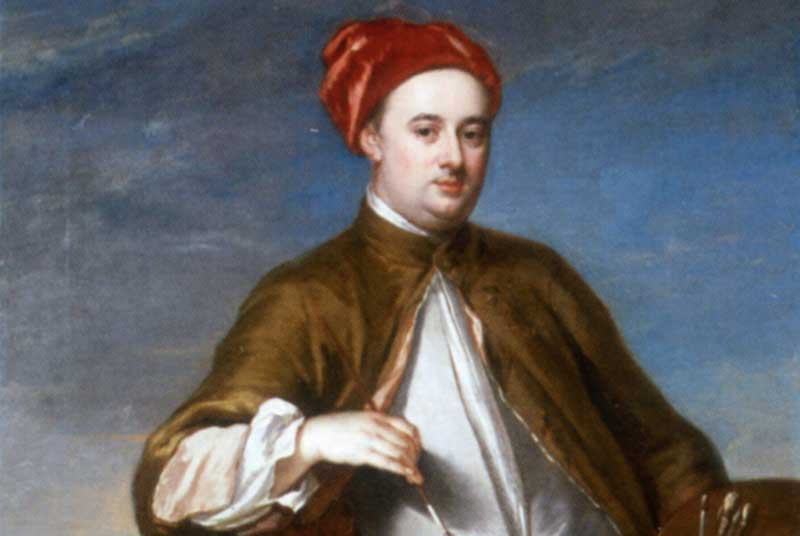
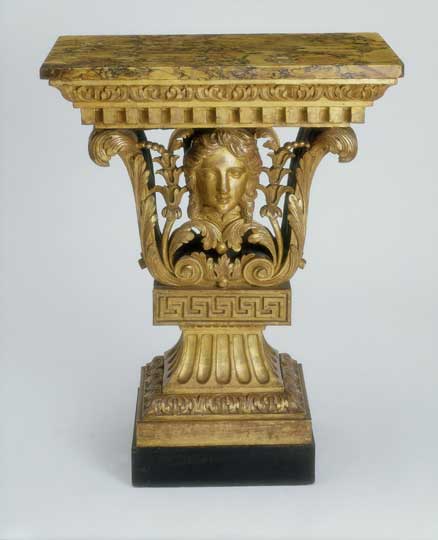
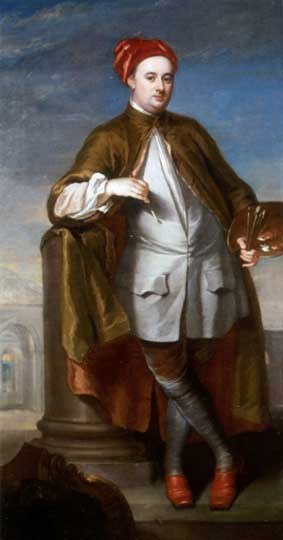
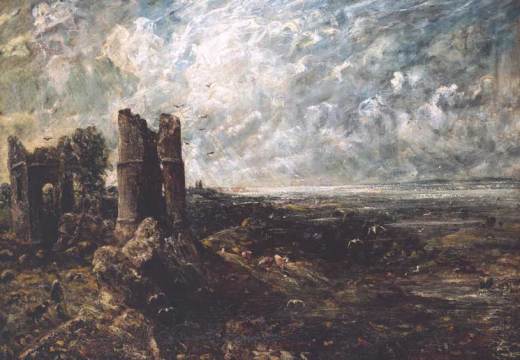
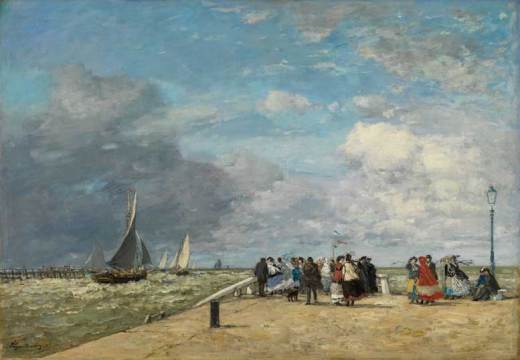
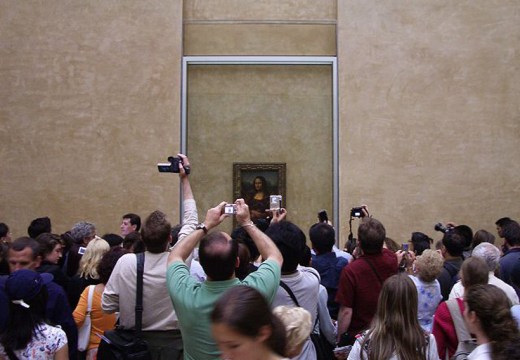









![Masterpiece [Re]discovery 2022. Photo: Ben Fisher Photography, courtesy of Masterpiece London](http://www.apollo-magazine.com/wp-content/uploads/2022/07/MPL2022_4263.jpg)
It’s time for the government of London to return to its rightful home